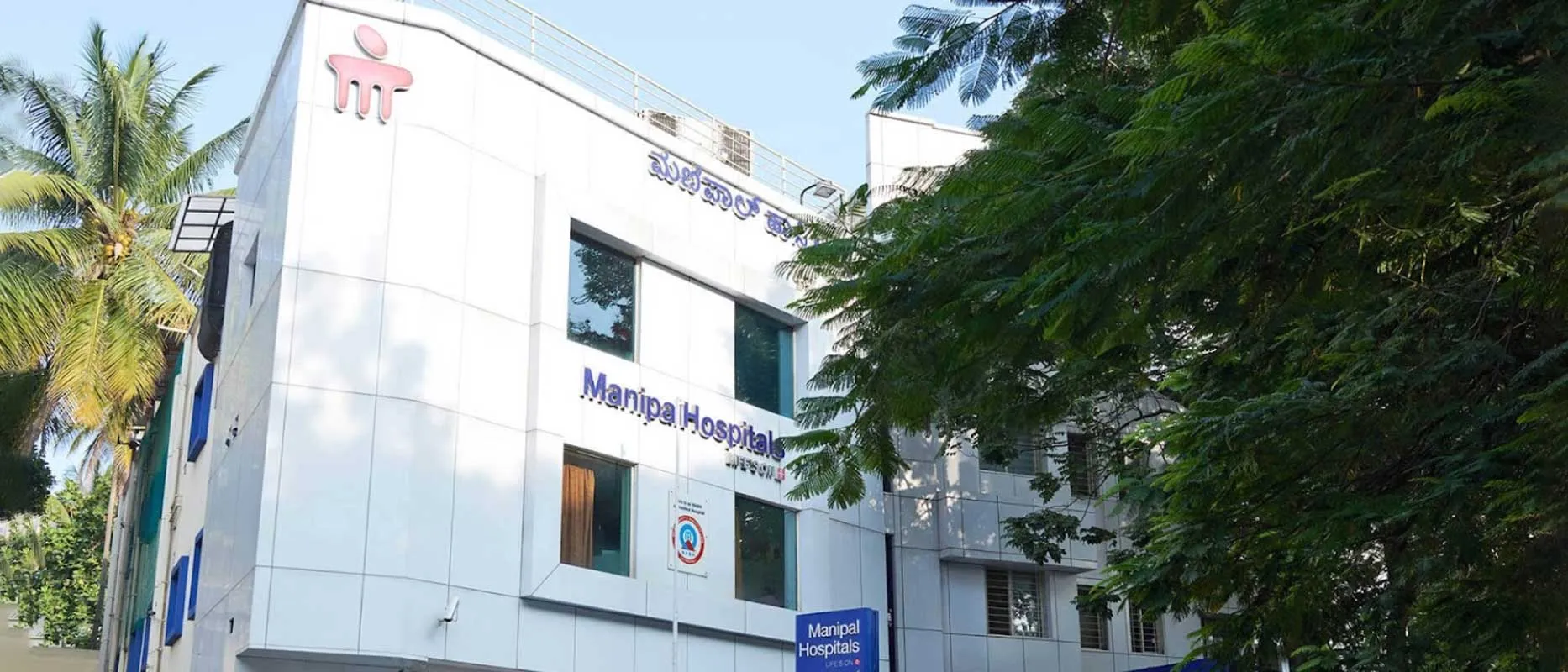Overview of Ear Tube Replacement Treatment India
Ear tube replacement surgery is performed to treat ear defects, especially in children. It is done on children who have had several middle ear infections. Ear tubes are small cylinders made of metal or plastic that are inserted into the childs ears. It is used to reduce the risk of ear infections by draining fluid or pus. Moreover, it creates an airway to balance air pressure between the middle ear and outside and prevents the build-up of fluids behind the eardrum.
Children are more prone to ear infections as compared to adults, the reason being that they are still growing and developing. Most of the children suffer from at least one ear infection by the age of 5. If this infection occurs frequently or the child has hearing loss, the doctor may suggest ear tubes.
An ear infection occurs in the middle ear and can be painful because of fluid build-up. It can be chronic or acute and both are painful and creates pressure. Acute infections are short in duration while chronic ear infections recur several times. The latter can cause permanent damage to the inner and middle ear. When tubes fill with pus or swell, especially in cold, it is very painful. This creates the right conditions for bacteria to born and in some children, it happens more often.
The symptoms of ear infection are:
01. Fluid from the ear
02. Sleeplessness due to ear pain
03. Child crying than normal
04. Trouble in balance
Consult a doctor if the child has a fever higher than 102°F or ear pain.
Diagnosis of Ear Infections
ENT specialists will examine the ears with the help of an instrument known as an otoscope. This instrument has a light and magnifying lens at the end and enables the doctor to look in the ear. The doctor will gently puff air against the tympanic membrane. If there is no infection then due to this air eardrum will move. However, if there is no or little movement in the eardrum due to this air then the middle ear is filled with fluid. This examination reveals the signs:
01. Collapsed or swollen eardrum
02. Perforated eardrum
03. Air bubbles, redness, or pus inside the ear
04. Fluid in the middle ear
If it is in an advanced stage, the doctor will take a sample of the fluid for a lab test to check if the infection has antibiotic-resistant bacteria. The other tests may include:
01. Tympanometry - In this test, movement of the eardrum is observed by sealing off the ear canal with the device to adjust air pressure. This device measures whether the eardrum moves normally or not.
02. Acoustic Reflectometry - This test is done to measure the reflection of sound back from the eardrum. In normal cases, the eardrum absorbs most of the sound. If there is more pressure from the fluid, then the eardrum will reflect more sound.
03. Tympanocentesis - This test is rarely recommended. In this test, the doctor will drain fluid from the ear and is tested for bacteria and viruses.
In rare cases, the doctor may recommend a CT scan of the head to check if the infection is present only in the middle ear or spread beyond it.
Types of Ear Tube Replacement Treatment India
Before Procedure
The medical team will instruct patients on how to prepare themselves for the surgery. It's the patient duty to inform the doctor about medications that he or she is taking regularly, family medical history, any kind of allergy, or other information that can be helpful. The patient should avoid eating anything before the surgery but one can drink only certain liquids. ENT specialists will perform the procedure under general anesthesia. There will be several monitors placed on the patients body to monitor his or her blood pressure, heart, and blood oxygen flow.
During Procedure
The procedure takes 15 minutes. During this procedure, the surgeon will:
01. make a small incision in the eardrum with a laser or with the help of a small scalpel
02. Drain out the fluid from the middle ear with help of suction
03. Insert the Ear Tube in the Hole of the Eardrum
In some cases, the surgeon may remove the adenoids. These glands are part of the immune system and are present on the roof of the mouth, behind the nose. The removal of these glands can prevent the revision of ear tube surgeries. Once the procedure is over, the patient will be moved to the recovery room, where the patients overall health conditions will be monitored for a few hours. If the patient is fine, he or she can go home on the same day.
After Surgery
The patient will feel nauseated for 24 hours. After 24 hours, the patient can return to normal activities. The doctor will schedule the follow-up appointment after 2 to 4 weeks of the surgery to check if tubes are working and are in the right place. Moreover, surgeons may prescribe antibiotic ear drops to prevent any further infection.
Diagnosis of Ear Tube Replacement Treatment India
Ear Tube Replacement Purpose
Children get ear infections, especially when they have cold or other respiratory infections. Viruses or bacteria can enter the middle ear and fill it with pus. When this build-up of fluid pushes the eardrum, it can cause ear pain and has a major impact on hearing. An ear tube replacement can drain fluid from the ear and prevent further infections. Moreover, it helps in drainage and ventilation in the middle ear where fluid is built up. A doctor may suggest this surgery if:
01. The child gets ear infections frequent that are not treated easily
02. It seems to cause speech delay or hearing loss
Symptoms and Risk factors
Ear Tube Replacement Recovery
The eardrum will close around the newly placed ear tube to keep it in the right place for the required period of time. Patients need to wear earplugs while performing certain activities, such as showing and swimming. Usually, the ear tube falls out in 9 to 18 months once the eardrum heals. If it does not fall out in 2 to 3 years, then surgery may be required to remove it. Additionally, in few cases, the ear tube falls out before the required period; in such cases, another tube will be inserted. If you observe brown, yellow, or bloody fluid drainage from the ear, consult your doctor in-ear tube replacement recovery period.
Results of the Surgery
The placed ear tubes will restore drainage and ventilation of the ear. It also helps in reduced ear infections, improved hearing, and speech, improved behaviour, and sleep.
Risks of Ear Tube Surgery
Ear tube replacement is a safe procedure, however, minor complications may arise, such as:
01. Infection
02. Bleeding
03. Scars in the eardrum
04. Tubes that fall out before time
05. Untreated drainage of ear fluid
06. Pus blockage in the tubes
07. Failure of eardrums closure once tubes are removed
How it's Works
Guiding your Journey from Discovery to Treatment Planning and Beyond.
Discovery
Get a consultation to discover about your treatment
Pre-Treatment
Admission to the best hospital and all pre-treatment facilities
Post Treatment
Get post-treatment follow-up care with medicine fulfillment
Treatment Planning
Hassle-free treatment planning with package & cost estimations
in-treatment
world-class quality procedures and equipment for treatment


























